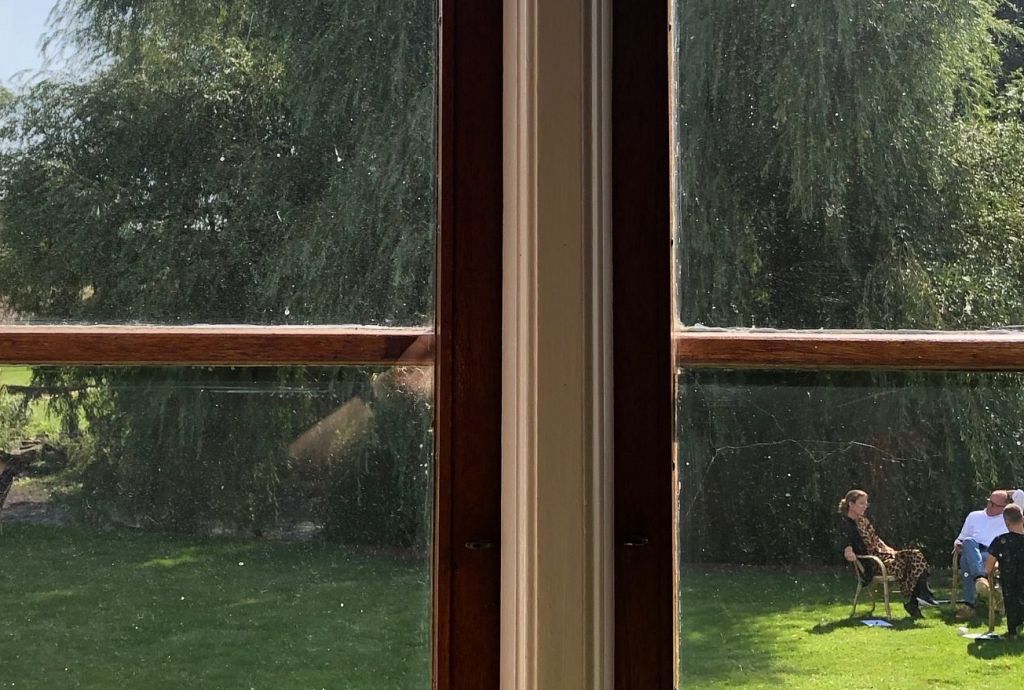Using Adult Development Theory to support the thriving of teams, organizations, and communities

I am excited to notice that more and more people are interested in Adult Development Theory these days. I’m not just excited about this because I happen to have been curious about adult development for the last 25 years or so, or because I include something about these ideas in each of my three books. Just because I like it doesn’t mean you have to! I’m excited because I think learning about adult development helps us have a different sort of compassion for ourselves and those around us, and a different sense of our own possibility as growing, changing human beings.
Lots of what is taught about adult development, though, focuses on individual change. How does one person grow from one set of capacities to another? There are great places to learn about that*. It is transformative to learn about adult development, and thrilling to be a companion with someone who is on their developmental journey.
And it is also important to make sense of how we use these developmental ideas with groups. The question came up again most recently in one of our Psychologically Spacious Coaching workshops. This circle of fantastic Danish coaches was asking what those of us who are fascinated with adult development eventually ask: How do we connect some of these ideas about deep listening and intense focus on individual sensemaking with the very different requirements of group interventions?
Thinking about it in the cool breeze and warm sun of a Danish summer I came up with five buckets of interventions where this work in adult development transfers across to working with collectives. (Note that there are probably many more buckets, but these were the ones thought of in that moment, as the ducks scolded the geese who scolded the people). These buckets are:
- Creating psychologically spacious group experiences that are developmental for individuals in groups;
- Creating psychologically targeted group interventions that are developmental for people moving from one particular form of mind to the next;
- Creating opportunities for entire groups to move something from “Subject” (the lens you look through) to “Object” (the lens you look at) in a way that is both individually and collectively developmental;
- Teaching these concepts in ways that groups can make sense of them and therefore begin to create their own developmental experiences; and
- Helping groups create processes and ways of being together that are developmental for the collective.
Over the course of the next few blogs, I’ll take each of these in turn. And in the meanwhile, I’d love to hear what you think about these buckets—and what other ways you’ve found to use ideas about adult development theory to help groups thrive and grow.
* Here are some resources in case you want to learn about individual development: The Coaches Rising Art of Development Coaching, our own Growth Edge coaching programs, all of Kegan’s work but particularly In Over Our Heads, my books but particularly Changing on the Job.
Dear Jennifer,
The topic could not be more relevant for modern-day leadership teams and corporate organizations. Your blog post will stay with me, and I cannot wait to read your next ones in this series.
Also, thank you for paying respect to my native Denmark regarding opening up this new frontier in your thinking. The land of Søren Kierkegaard welcomes you and ideas back anytime.
Warmest regards,
Nicolai